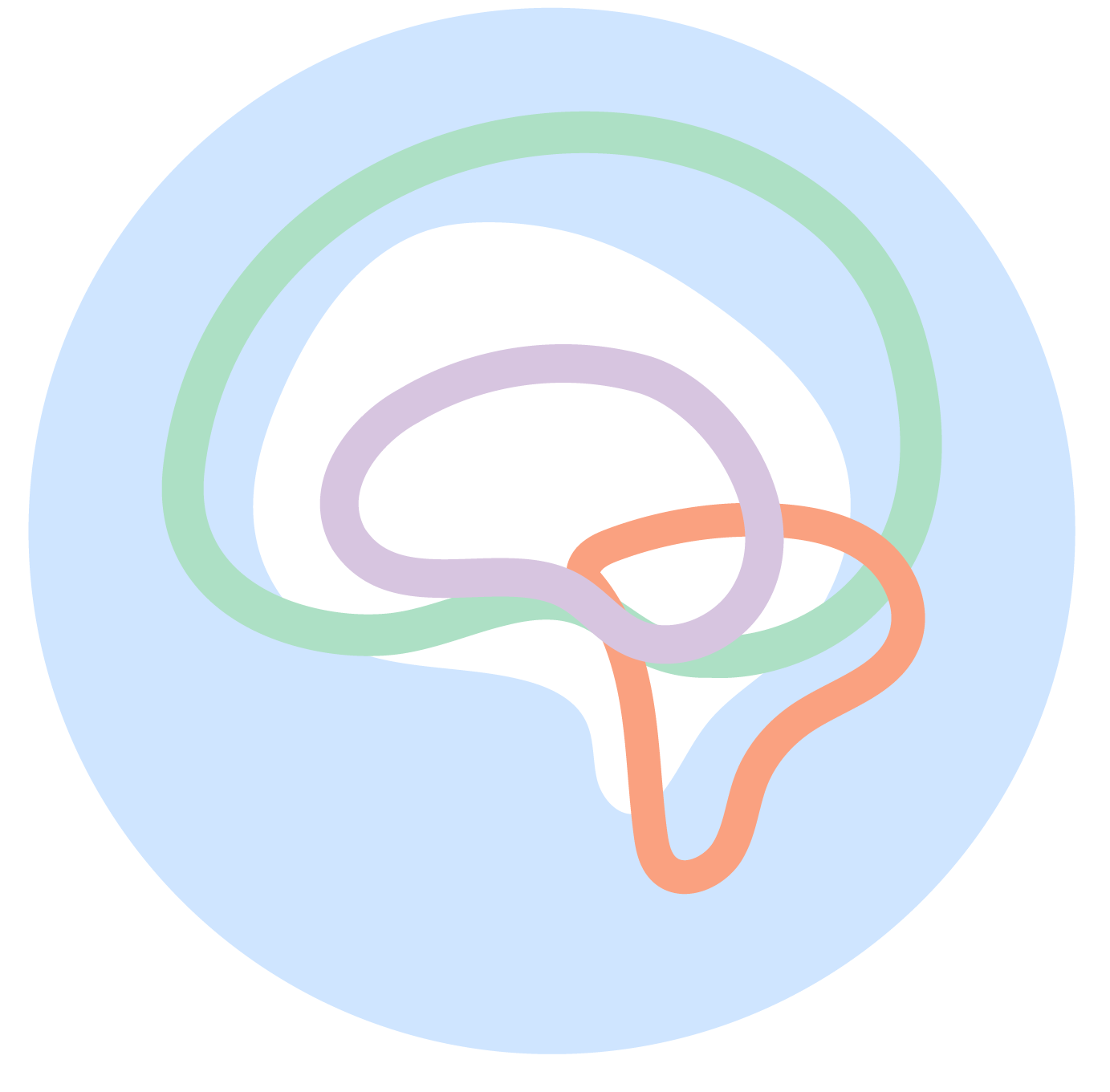Sexual Assault Awareness Month
April is Sexual Assault Awareness Month, a campaign coordinated by the National Sexual Violence Resource Center. It is a time to promote resources for sexual assault survivors, educate communities on preventing sexual assault, and put an end to victim-blaming culture. Please be advised that this blog post and many of the informational resources go into detail about sexuaL violence.
One in four male victims and one in three female victims of sexual violence first experienced it between the ages of 11-17 (NSVRC). It’s vital that awareness is raised of this widespread problem so we can put an end to it.
Sexual trauma can lead to a variety of mental health challenges. Youth who experience sexual violence are four times more likely to develop symptoms of drug abuse, four times more likely to experience PTSD in adulthood, and three times more likely to experience a depressive episode as an adult (RAINN).
So, what do we do?
Educate.
Educating yourself and others on consent, what sexual assault is, how to report sexual violence, and how to support yourself or someone else after SA is vital. Below are some helpful resources to get you started.
NSVRC Podcasts covering a wide range of topics including how to talk about sexual violence, working with survivors, teaching sex education, being an “askable” adult, and more.
RAINN’s Understanding Consent page where you can learn what consent looks like, the legal role it plays (including state-specific), and hear survivors’ takes on consent.
NSVRC Teens & Sexual Violence Infographic featuring statistics and explanations focused on different subgroups within teenagers.
Know Your IX helps college students understand their rights in regards to Title IX.
Prevent.
Education: Teaching individuals from an early age what consent truly means, looks, and sounds like
Look out for others: If you see something, say something! You will never regret doing the right thing.
Learn about the 3 D’s of being an active bystander: Distract, delegate, directly intervene
Avoid victim-blaming culture: Telling young girls how to dress or speak is not an effective way to prevent SA. Sexual violence is a problem of the perpetrator, NOT the survivor.
Open the conversation: When the topic of sex and sexual assault is deemed taboo, it makes it a lot more difficult for youth to ask questions, learn more about it, and even come forward if they’ve experienced SA.
Support.
Share resources
24/7 National Sexual Assault Hotline: 1-800-656-4673
24/7 National Suicide Prevention Lifeline: 1-800-273-8255
The Trevor Project: Support for the LGBTQ+ youth community
24/7 Hotline: 1-866-488-7386 or text START to 678-678
24/7 National Domestic Violence Hotline: 1-800-799-7233
National Teen Dating Abuse Online Hotline
Text LOVEIS to 22522
Donate time and/or funds to organizations such as RAINN, NSVRC, No More, National Alliance to End Sexual Violence, etc
Be there if someone shares
One minute video by Planned Parenthood: How do I respond when someone shares an experience of sexual assault?
My Good Brain’s mission is to bridge psychology and art. Art therapy can be an effective coping mechanism for many individuals.
Learn more about using art as a vessel to heal from trauma in this Ted Talk
We encourage you during this month and beyond to continue educating yourself on sexual violence, being an active bystander and advocate for survivors, spreading resources for those who need them, and opening up the conversation to end victim-blaming culture.
